The new Tate Britain is unveiled
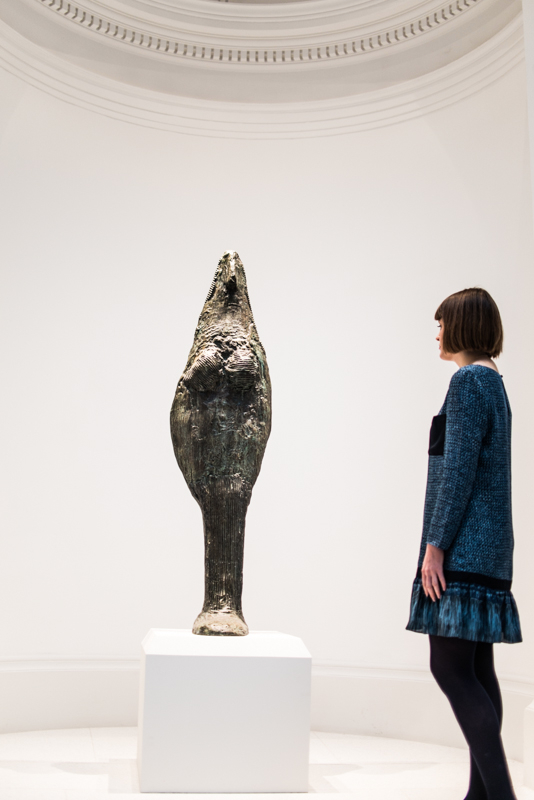
The latest phase in an ongoing series of refurbishments and upgrading of the venerated Tate Britain gallery in Pimlico was unveiled to the public on Tuesday. 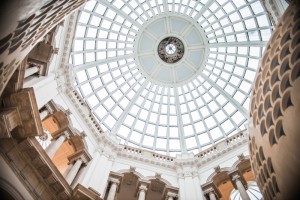 The most striking feature of the £45 million redevelopment project is the restoration of the Millbank entrance and foyer, as well as the beautiful Rotunda, which can now once again function as a central axis of the gallery, supplemented to the left by a new spiral staircase that mirrors the original on the right and aids access on all three levels. The architects of Caruso St John, whose other clients include the National Gallery and the V&A, have remained respectful to the logic and aesthetic of Sidney Smith’s original (and somewhat anonymous) neoclassical designs, with enhancements added where necessary in order to cater to the needs of a 21st century gallery.
The most striking feature of the £45 million redevelopment project is the restoration of the Millbank entrance and foyer, as well as the beautiful Rotunda, which can now once again function as a central axis of the gallery, supplemented to the left by a new spiral staircase that mirrors the original on the right and aids access on all three levels. The architects of Caruso St John, whose other clients include the National Gallery and the V&A, have remained respectful to the logic and aesthetic of Sidney Smith’s original (and somewhat anonymous) neoclassical designs, with enhancements added where necessary in order to cater to the needs of a 21st century gallery.
These modern additions include a new window by artist Richard Wright – an elegant companion to the original Victorian window opposite in the foyer – and a new mosaic floor and balustrade for the Rotunda, featuring a striking pattern of black and white scallops, inspired by ancient Roman decoration, which in the context of this building have a pleasing air of Art Deco about them.
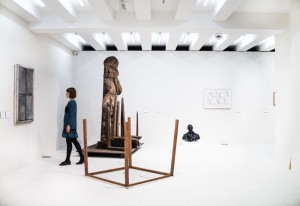 The bottom floor houses the Djanogly Café, furnished with oak tables and chairs designed especially in a style reminiscent of the 30s. The café’s new vaulted ceiling is enhanced in its play of light and shadow by way of subtle graphite drawings – the work of artist Alan Johnson – on alternating faces of the vaults. The architects have also extended the gallery’s learning facilities.
The bottom floor houses the Djanogly Café, furnished with oak tables and chairs designed especially in a style reminiscent of the 30s. The café’s new vaulted ceiling is enhanced in its play of light and shadow by way of subtle graphite drawings – the work of artist Alan Johnson – on alternating faces of the vaults. The architects have also extended the gallery’s learning facilities.
One of the loveliest features of the project was the restoration of the Rex Whistler mural The Expedition in Pursuit of Rare Meats from 1926-7 in the reopened Rex Whistler Restaurant, unseen since 1928 when the mural was damaged by flooding. A surreal work of art, amusing details would seem to parody the pastoral settings found in Italian renaissance frescos.
It is a relief, on returning to Tate Britain, to see the gallery gradually freed from the scaffolding and barriers that have for the past few years limited the appreciation of the space as a whole. The original building, although no masterpiece, is pleasantly understated when compared to the city’s more pompous examples of Victorian architecture. Now the complementary interplay of old and new make for a fitting home for the nation’s collection of British art.
Mark Sempill
Photos: Krish Nagari
For further information about the new Tate Britain visit here.



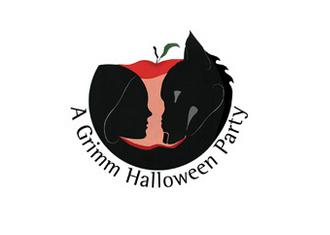

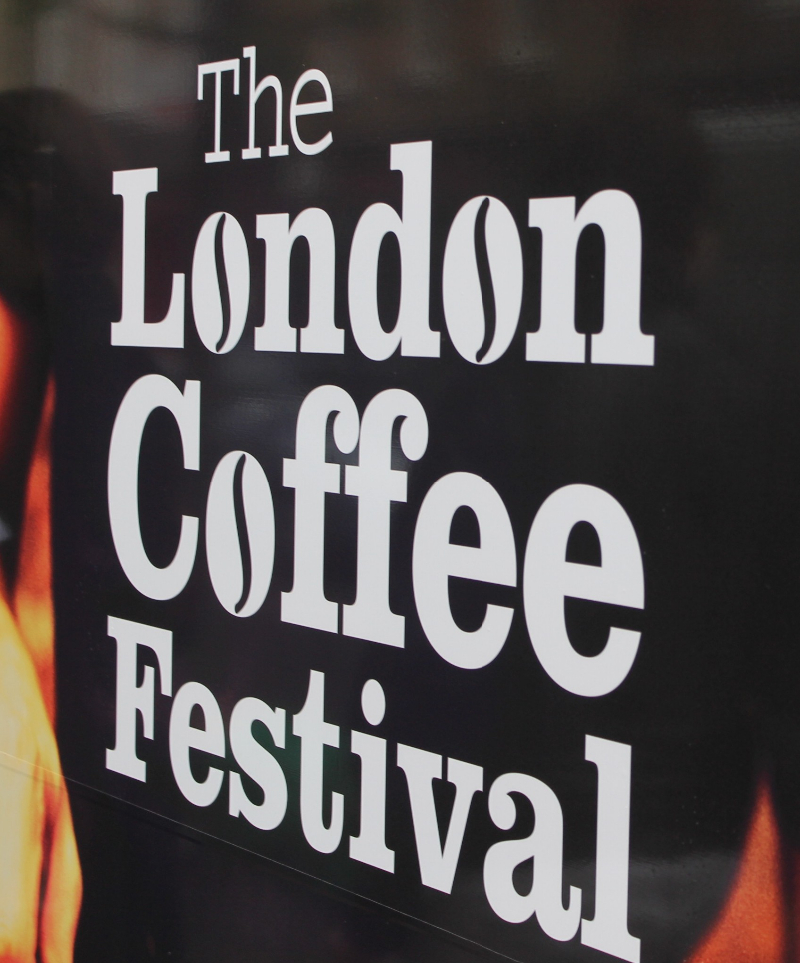
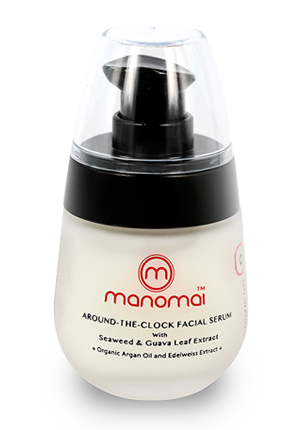
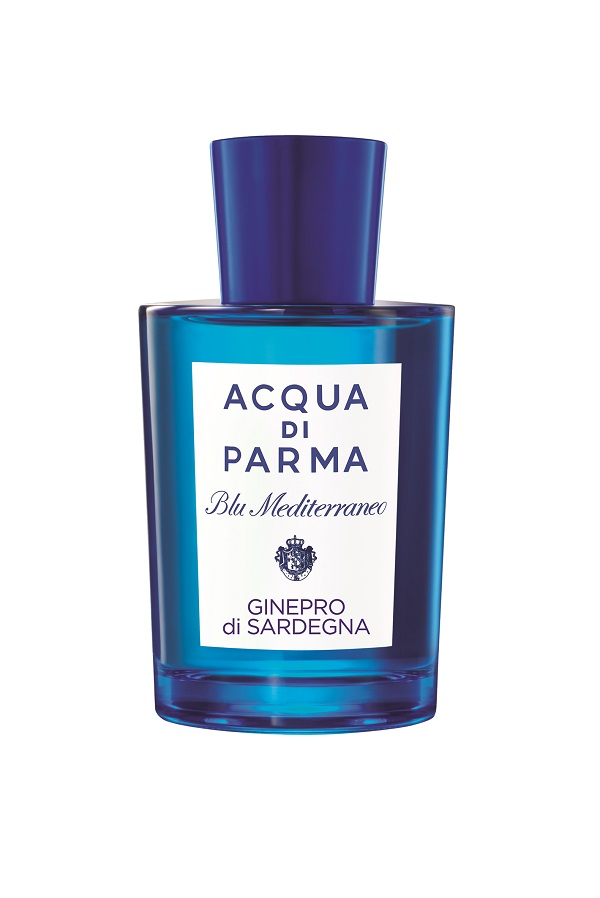
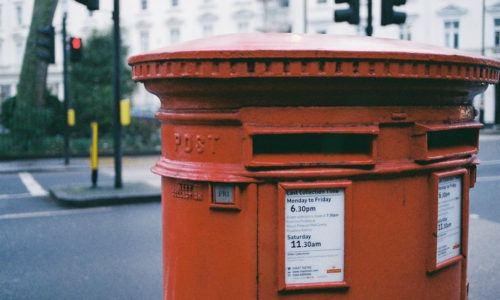
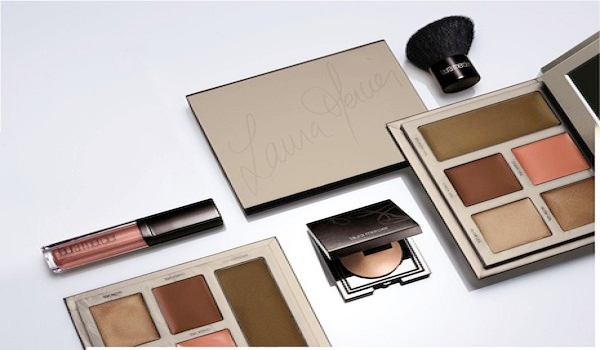


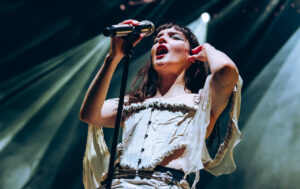

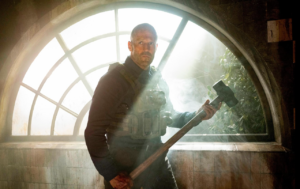






Facebook
Twitter
Instagram
YouTube
RSS